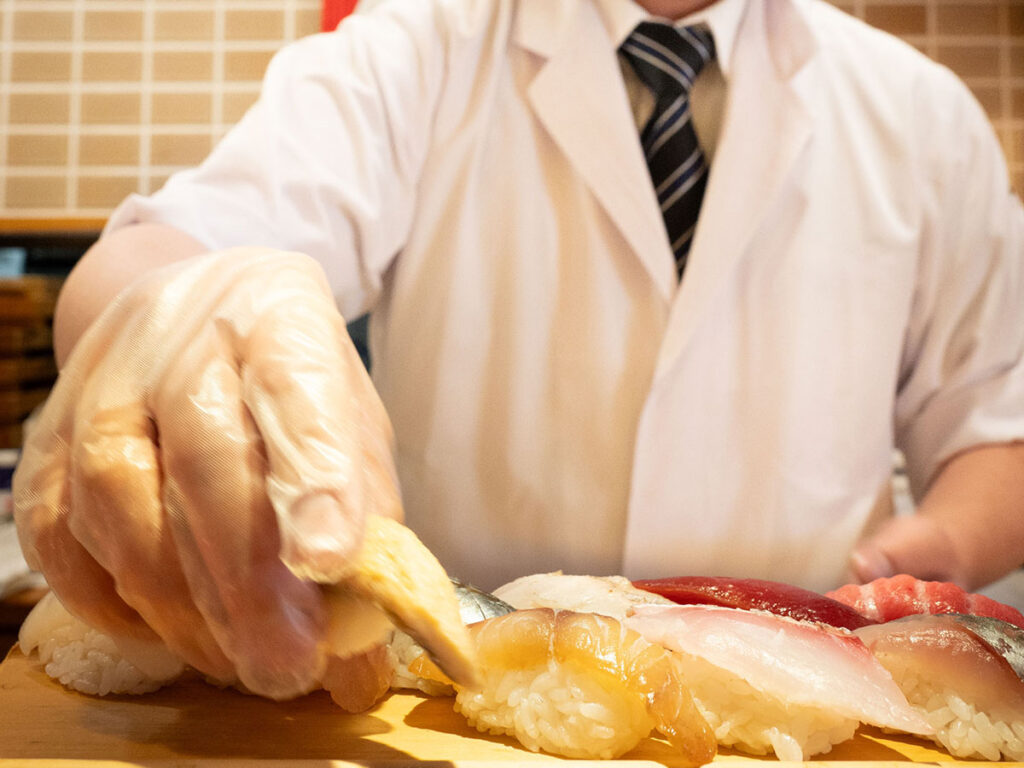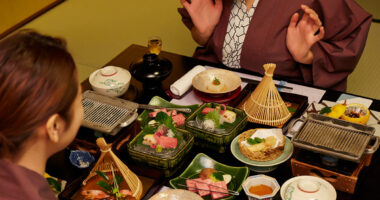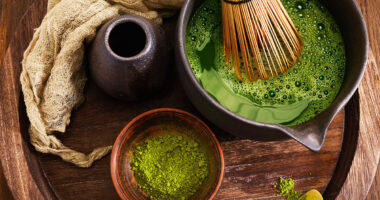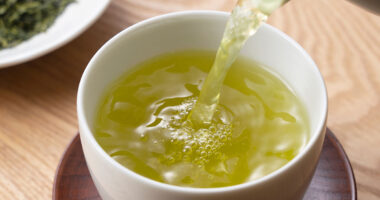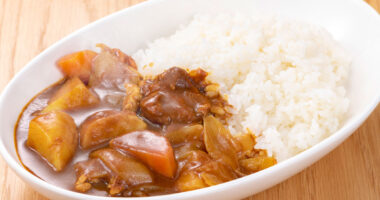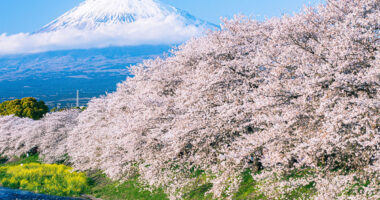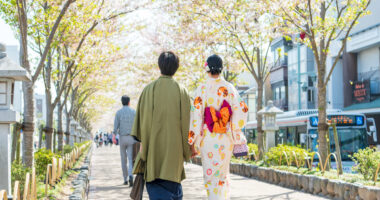In Japanese sushi culture, toro (fatty tuna) remains a beloved, exceptional ingredient.
Its melt-in-the-mouth texture and rich flavor captivate sushi enthusiasts, making it a rare cut of maguro (tuna). However, toro is divided into the grades of chūtoro (medium fatty tuna) and ōtoro (extra fatty tuna), each with distinct characteristics and flavors.
This article explains toro’s basics, the differences between its cuts, and practical tips for enjoying it to the fullest during your Japan visit, tailored for travelers.
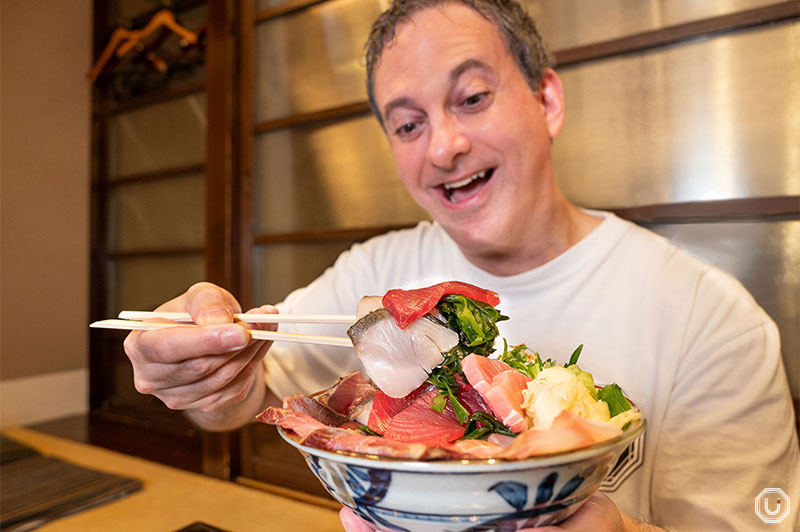
Gottsu-Don Seafood Bowl at Nihonrettōsakaba KAMIGOTO
Toro: the basics of maguro’s premium cut
Toro refers to the fatty belly cuts of maguro, known in English as ‘fatty tuna’ and revered as one of Japan’s finest sushi ingredients. Its name, related to the verb torokeru, meaning “melt” in Japanese, likely comes from its melt-in-the-mouth, fat-rich texture.
Maguro is a large fish with various cuts, but toro, comprising only a few percent of the fish, is a rare, highly valued delicacy. Toro from hon-maguro (bluefin tuna) is considered the highest quality, receiving special treatment at upscale sushi restaurants.
For more on maguro types and dining options, check out this related article.
Chutoro vs. otoro: understanding the differences
Toro is categorized by fat content and fish part into chutoro and otoro. Understanding these distinctions enhances your appreciation of toro’s flavors.
Chutoro: Features and flavor
Chutoro, positioned between lean akami (lean meat) and fatty otoro, offers a perfect balance of fat and lean meat, making it a highly popular cut. The word “chū,” meaning middle in Japanese, reflects its balanced nature, combining the best of both.
Chutoro, sourced from a wider area from the belly to the back and tail, is more accessible and affordable than otoro. Its flavor blends akami’s umami with a hint of fat’s sweetness, making it approachable for toro newcomers.
With a soft yet slightly firm texture, chutoro’s fat melts slowly in the mouth, earning praise from sushi lovers for its ideal balance.

Chutoro sashimi at OH! TORO KITCHEN
For more must-know info on chutoro, see this related article.
Otoro: Features and flavor
Otoro, the fattiest cut from the deepest belly, is maguro’s most luxurious and rarest delicacy. Its whitish-pink color signals its high fat content.
Otoro’s hallmark is its softness, melting instantly in the mouth with a rich, sweet flavor that feels refined rather than heavy. This luxurious taste makes it a highlight at high-end sushi restaurants, often served toward the end of a course.
Due to its limited yield, otoro is the priciest cut, but its rarity and unparalleled flavor earn it the title of ‘ultimate sushi topping’ among food connoisseurs.
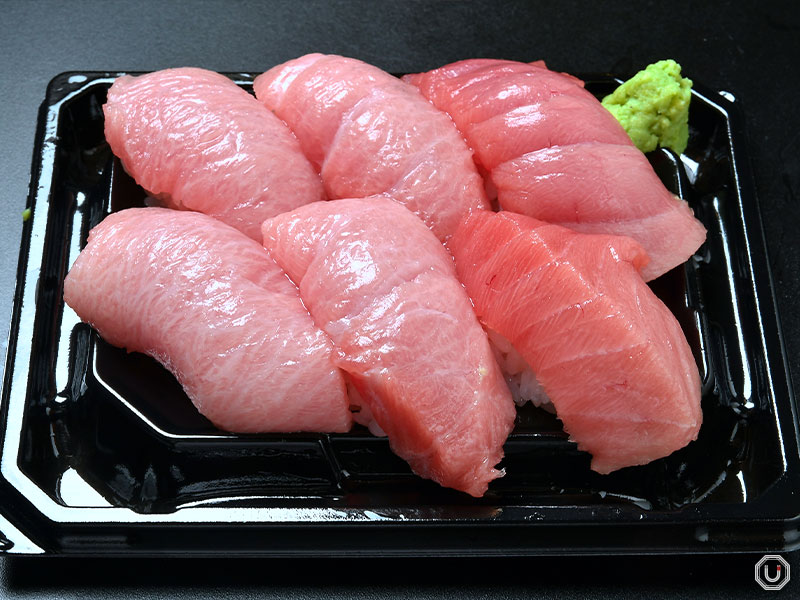
Special Fatty tuna/Very Fatty tuna/Medium tuna at Maguroya Kurogin
Planning to try otoro in Japan? Check out this related article.
Choosing and enjoying toro
To fully savor toro, knowing how to choose and eat it is essential. For foreign tourists, understanding these tips maximizes the experience within limited time.
High-quality toro stands out in appearance, aroma, and texture. Skilled sushi chefs assess these factors to serve toro at its peak, and with basic knowledge, you can deepen your enjoyment.
Identifying fresh toro
Fresh toro boasts vibrant color, glossy shine, and a subtle fat sheen. Chutoro is light pink, otoro is whitish-pink, both with a translucent quality.
Fresh toro lacks fishy odors, feels springy, and holds its shape when lightly pressed. Older toro appears dull, dry, and lacks gloss.
At sushi restaurants, you can ask for the chef’s recommendation. At high-end venues, engaging with chefs is part of the experience.
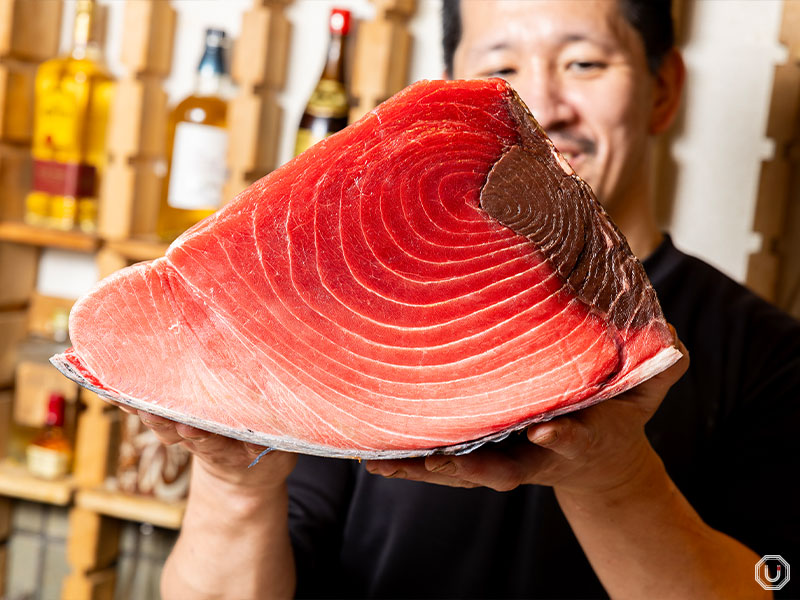
Freshly sourced wild hon-maguro at Sashimi Bar Kashigashira
Optimal ways to eat toro
To enjoy toro’s full flavor in sushi, use minimal wasabi and a light dip of soy sauce to preserve its natural taste.
Savor toro slowly, letting it melt on your tongue to fully appreciate its sweet, umami-rich fat. Avoid swallowing quickly; roll it gently in your mouth.
As sashimi, thinly sliced toro is best with wasabi and soy sauce. Negitoro, finely chopped toro mixed with green onions, is often served as a gunkan-maki (sushi rice and toppings wrapped with a strip of nori seaweed), offering a different way to enjoy toro’s flavors.
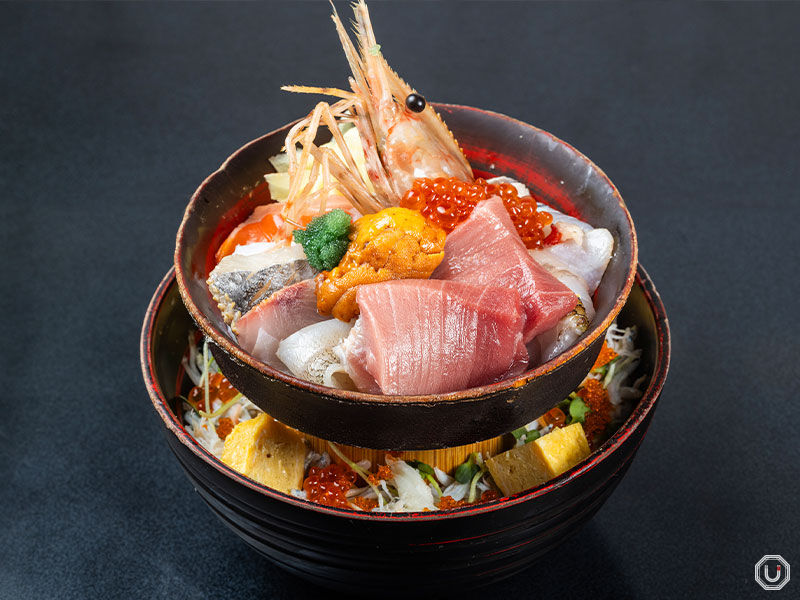
Tsukiji-jyougai rice bowl at Sashimi Bar Kashigashira
Toro and drink pairings
Pairing toro with the right drink enhances its fatty umami. For Japanese sake, junmai daiginjō or junmai ginjō, with their refined sweetness, complements toro’s richness. Chilled sake refreshes the palate for the next bite.
For wine, white varieties like champagne or Chablis, with crisp acidity, balance toro’s fat. If choosing red, a light Pinot Noir works well.
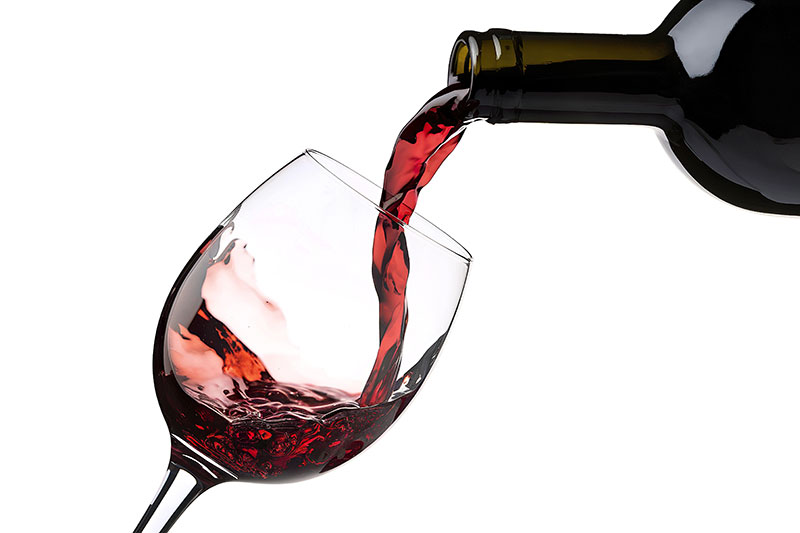
Photo for illustrative purposes
Wild vs. farmed maguro: factors affecting toro quality
Toro’s quality varies significantly between wild and farmed maguro, impacting flavor and price. In Japanese sushi culture, this distinction is key, with high-end restaurants often favoring wild maguro.
Advancements in farming have improved farmed maguro quality, but wild maguro’s rarity and unique flavor remain highly prized. Understanding these differences deepens your toro experience.
Wild maguro: features and appeal
Wild maguro, grown naturally in the ocean, has firm flesh and elegant, natural fat distribution due to its active lifestyle. The wild hon-maguro from Ōma in Aomori Prefecture is renowned as Japan’s finest, fetching high prices at auctions.
Wild toro offers refined fat that melts instantly with a clean aftertaste. Peak season (fall to winter) brings the richest fat content, making it the most delicious time.
Due to limited supply, wild maguro is pricier but cherished for special occasions and luxurious dining experiences.
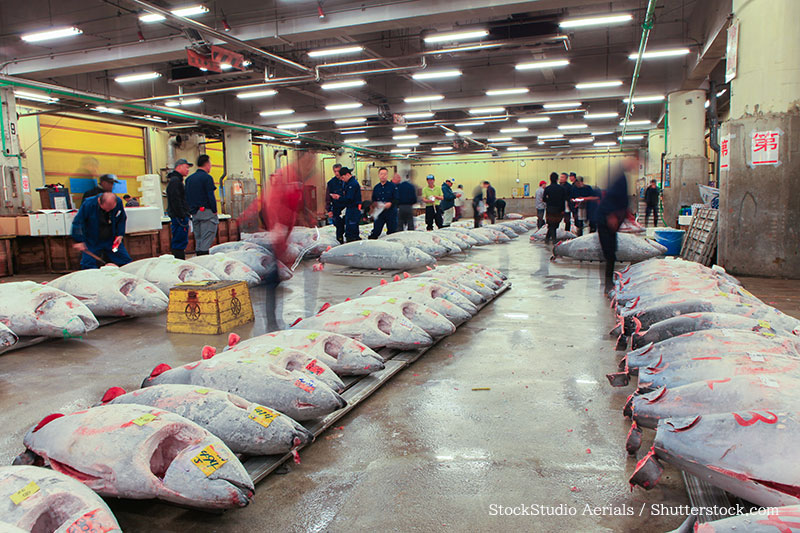
Photo for illustrative purposes
Farmed maguro: features and progress
Farmed maguro, raised in controlled environments, ensures stable quality and supply.
Farmed toro has higher fat content than wild, offering a richer flavor, with consistent quality year-round. This reliability makes it a staple in many sushi restaurants.
Farmed maguro is more affordable, used in kaitenzushi and mid-range restaurants, with ongoing advancements promising even better quality.
Flavor differences by origin
Maguro’s origin affects toro’s flavor. Japanese coastal maguro, raised in the nutrient-rich Kuroshio Current, boasts rich fat and robust taste. Oma (Aomori Prefecture ), Yaizu (Shizuoka Prefecture), and Muroto (Kōchi Prefecture) are renowned for high-quality maguro.
Imported maguro from the Mediterranean, Pacific, or Atlantic also varies subtly due to regional sea conditions, influencing toro’s quality.
Savoring toro in Japan: recommended restaurants and price ranges
For foreign tourists, toro is a must-try sushi topping. Choosing the right restaurant and understanding pricing prevents disappointing experiences.
Japan offers sushi restaurants from high-end to kaitenzushi (conveyor belt sushi restaurants), each with distinct toro quality and prices. Select based on your budget and desired experience.
Toro at high-end sushi restaurants
High-end sushi restaurants serve top-quality toro from carefully selected wild maguro. In upscale areas like Ginza, Tsukiji, or Roppongi, skilled chefs present toro at its finest.
Toro at these venues can be pricier than at kaitenzushi, but the quality and craftsmanship justify the cost.
Reservations are often required, so consult your hotel concierge or tour guide. Counter seats offer the added enjoyment of interacting with chefs.
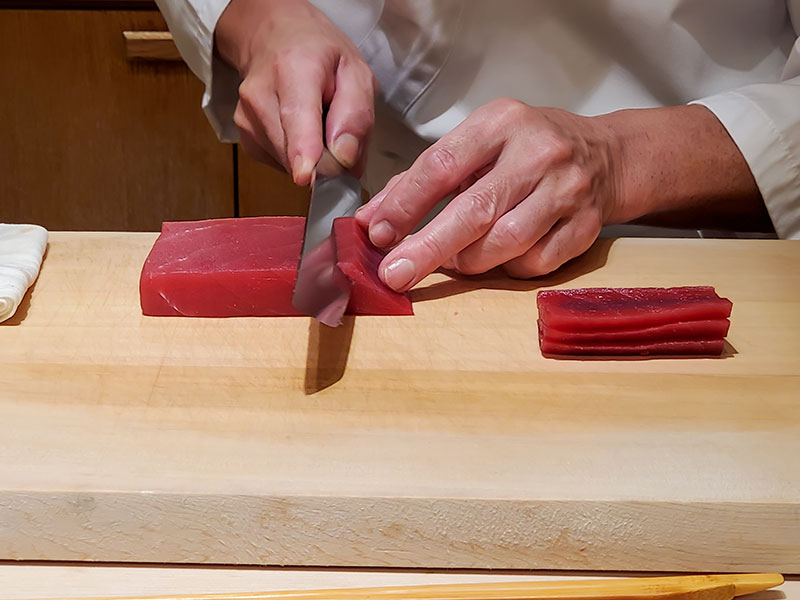
Photo for illustrative purposes
Toro at kaitenzushi
Kaitenzushi chains now offer quality toro at affordable prices, thanks to improved standards, primarily using farmed maguro for accessibility.
Toro at kaitenzushi is far more budget-friendly than at high-end venues, making it an easy way to enjoy toro.
Kaitenzushi’s advantage is its accessibility, with touch panels and English menus simplifying orders. It’s ideal for solo diners and sampling various toro types.
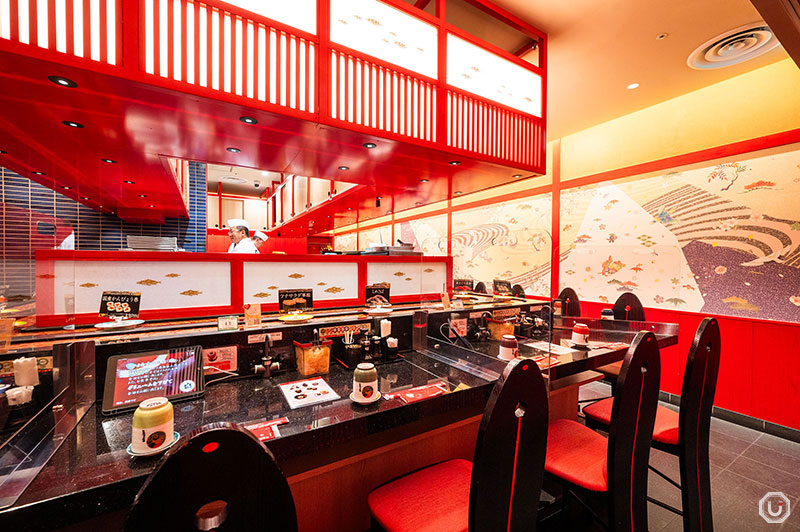
Interior of Kanazawa Maimon Sushi
Summary
Toro, the fatty belly cut of maguro, is a premium ingredient in Japanese sushi culture. Chutoro offers a balanced blend of fat and lean meat, while otoro is the richest, most luxurious cut.
When visiting Japan, choose restaurants based on your budget and desired experience, and use proper eating techniques to savor toro’s true flavor.
From high-end sushi restaurants to kaitenzushi, Japan’s diverse sushi scene makes toro accessible. Understanding and tasting toro deepens your appreciation of Japanese cuisine, creating unforgettable travel memories.
